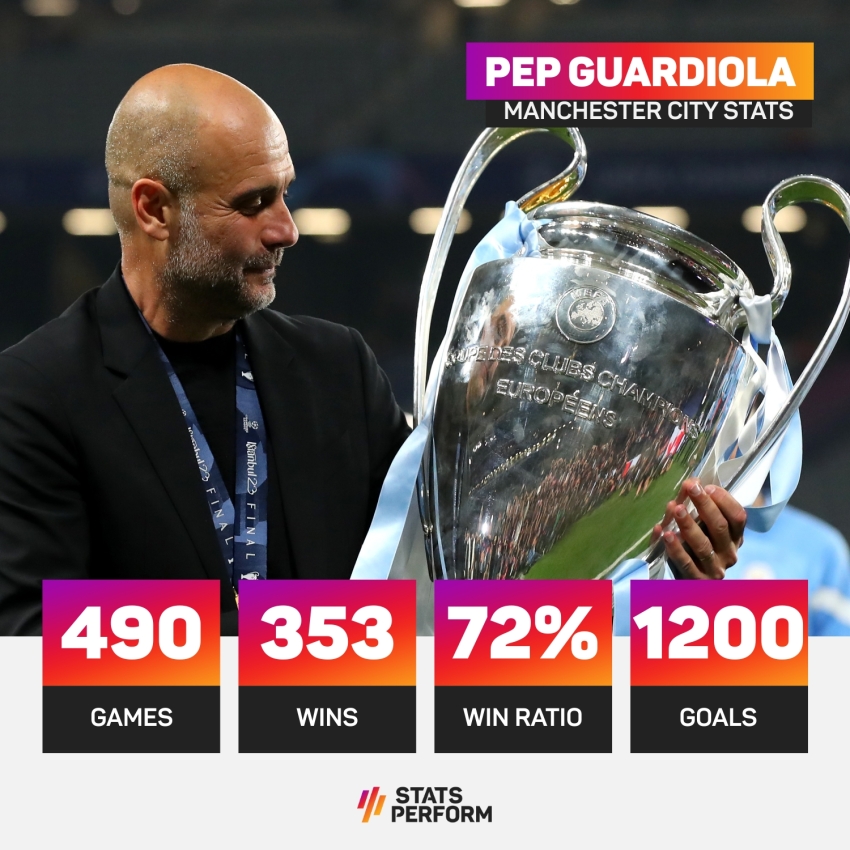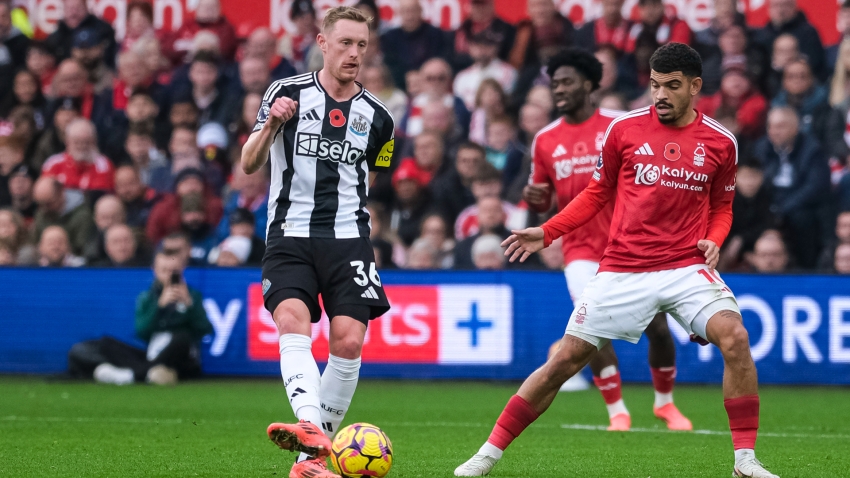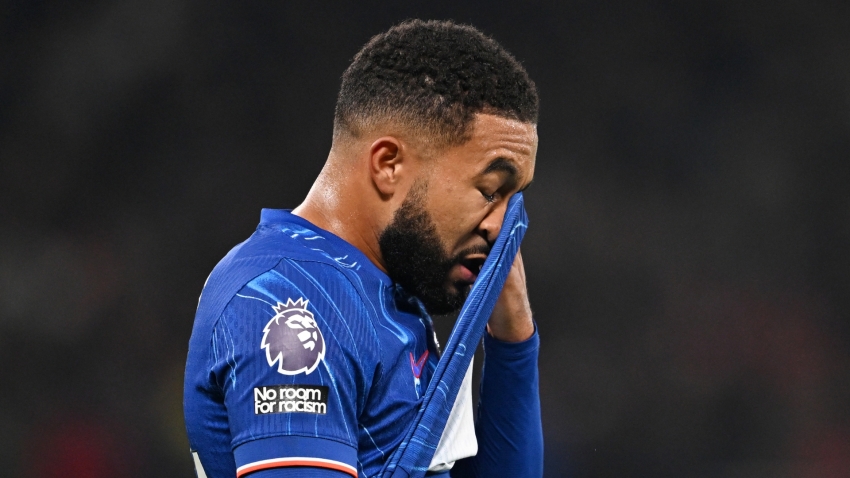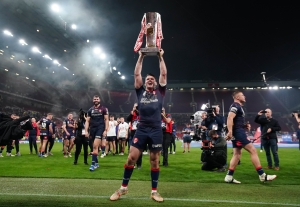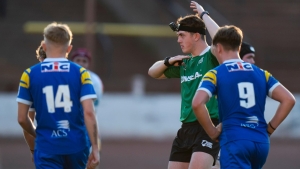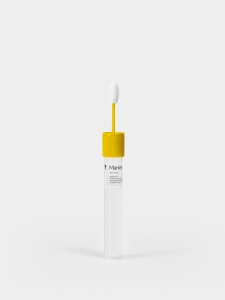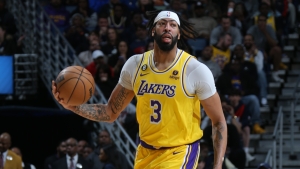Seminal moments have been slow in coming to Odsal in recent years and opinions are split over whether Thursday night’s first match trialling a new rugby league tackle law represented a significant step in the fight against concussion or an idea the sport should swiftly forget.
The crumbling venue, witness to World Cup ties and a record six-figure Challenge Cup crowd in 1954, hosted the first match in an initial eight-week experiment at academy level which bars tackles above armpit height at first contact, and penalises all contact with the head at neck.
The match between the respective under-18 teams of Bradford and Leeds, which was won by the latter 50-32, featured the expected stratospheric penalty count, with 57 interventions by referee Matthew Lynn overall, including 49 for high tackles.
The trial is part of a bid to reduce the number of concussions in the game, with the intention, if it is backed up by data, of enshrining the new tackle technique in law across both community and academy fixtures in the game, though not at the elite level.
Bradford head of youth Ryan Hunkin said: “I went in open-minded, I didn’t know what it would be like, and I don’t think it was as bad as people were expecting.
“We knew there would be more penalties and they had more energy at half-time than normal because of the stop-start nature, but kids adapt. It’s the ideal age for them to try it because they adapt quickly at this age, and they soon pick it up.”
Both teams gave away two penalties each in the opening two sets, including in the first tackle of the game, and rumblings of discontent were clear among the players and the handful of spectators in the cavernous old stadium.
The inevitable stalls in momentum were mitigated by the opportunity for a more expansive game, with both sides tending to limit themselves to two men in the tackle, for fear that a third would inevitably incur another penalty.
Striking the right balance is crucial for Hunkin, who added: “As a spectacle I don’t think it was where it will be in eight weeks. It’s a start, and we’ve got to start somewhere. But it’s a contact sport and we want to try and keep it a contact sport.”
Rugby league’s approach to lowering concussion levels in the sport differs markedly from the approach of rugby union, which sparked controversy with its out-of-the-blue announcement in January that it was lowering the allowed tackle height to below the waist in all forms of the community game from July.
The backlash was such that the Rugby Football Union subsequently amended its new tackle height to below the sternum, although there remains resistance to the changes that are due to come into force next month.
While league officials hope their more inclusive move will ensure broader backing within the game, there is clearly concern in some quarters, and Hunkin’s counterpart at Leeds, John Bastian, reflected a markedly more measured response to the trial among the Rhinos backroom staff.
“I understand what the RFL are doing but something has to be better than that for us to make our sport safer because that is very, very difficult to watch and play in,” said Bastian.
“It was very complex for both teams and very complicated to play any rugby with any skill or momentum. The rules are being challenged by the Rugby Football League. That’s fine but it made the rules more complicated tonight.”
There was also an acknowledgement of the huge task facing officials in calling near-constant infractions in the tackle while maintaining a focus on other aspects of the game.
Elite referee Marcus Griffiths, who is effectively leading the roll-out from an officials’ perspective, praised the performance of Lynn, but stressed the importance of respecting the difficulties faced by referees in rolling out the new rules.
“It’s a massive ask to referee that way because we’re taught certain ways of identifying tackles and foul play, and we’re having to adapt too,” said Griffiths.
“He’s done an amazing job. It was challenging at times out there, and it’s a massive learning curve. At times, we’re going to need arms around officials because it’s challenging.
“To go out and give 57 penalties, it’s frustrating and at times you’re going to have players taking out their frustrations on you.”









